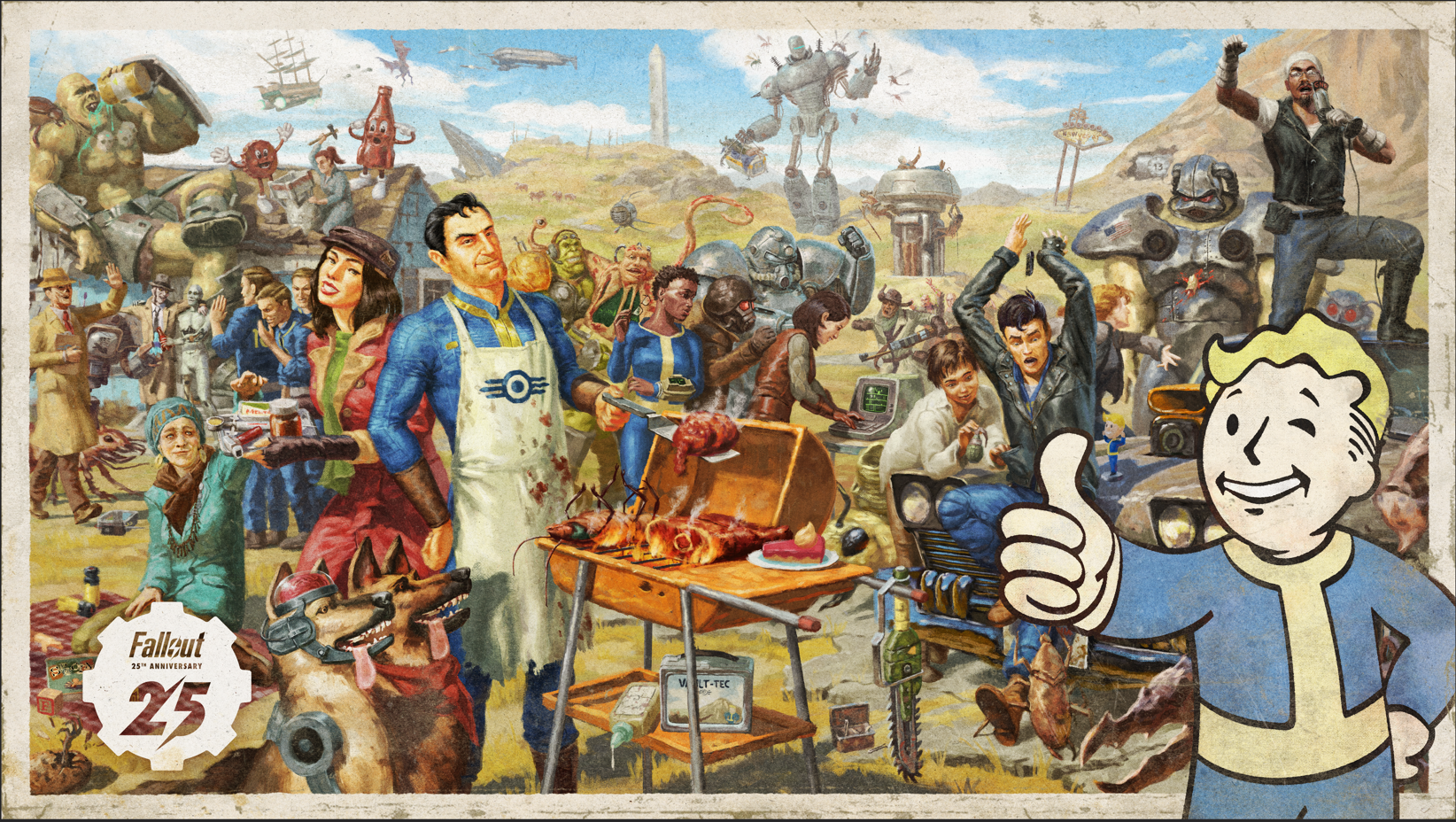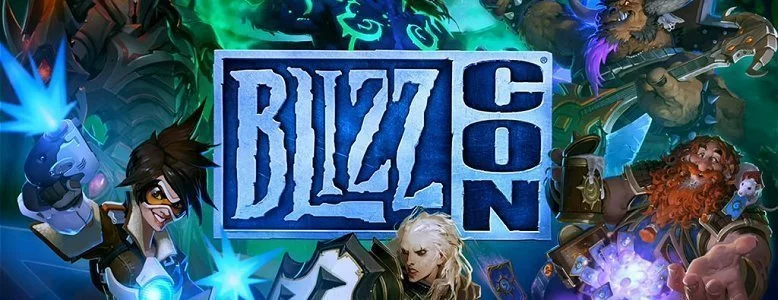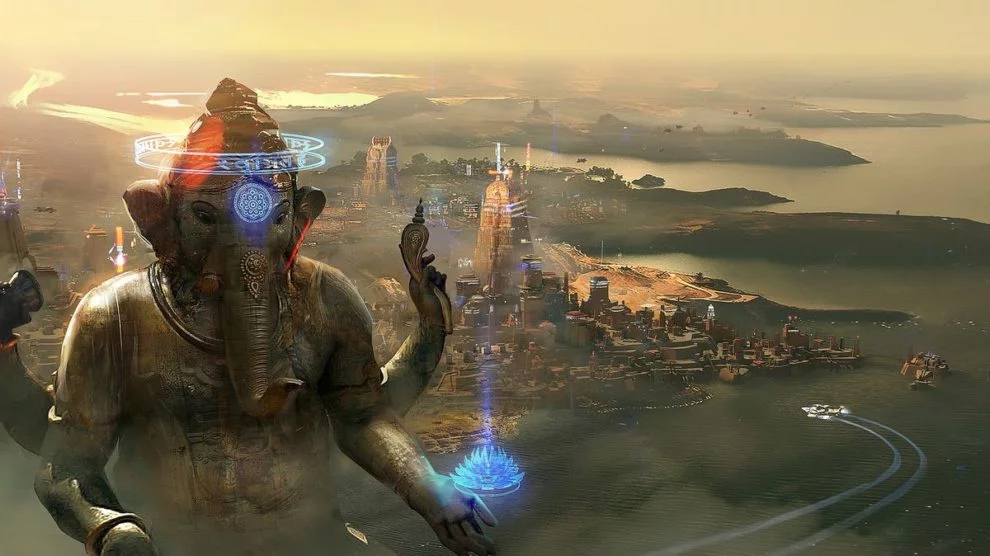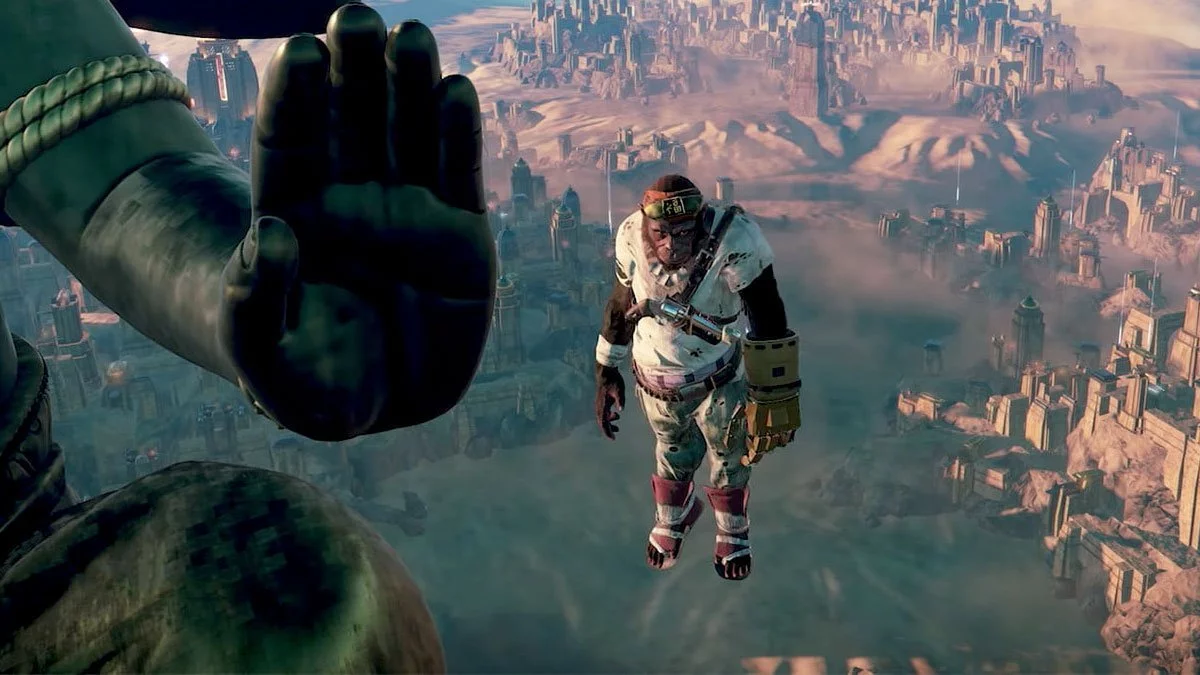One of the most impressive parts of a Beyond Good & Evil 2 behind closed doors session at E3 2018 was the game’s scope. Over the course of an hour, Ubisoft Montpellier took us from a tiny room to a lavish temple, then Ganesha City — the bustling hub it was nestled in — before flying out into space to get a look at the planet Soma. From there, we went even further out into the reaches of space, getting an over-arching look at the galaxy where everything takes place.
It was mind-blowing.
You can take a look at some of what we delved into in the behind closed doors below.
In conversation with Ubisoft Montpellier’s Guillaume Brunier, Producer on Beyond Good & Evil 2, it was hard to get away from the topic of scale. We started by asking just how many heavily-populated areas like Ganesha City actually sat upon the planet of Soma.
“We want this planet to feel like it’s been colonised by the establishment that we told you about,” Brunier told Stevivor and Press-Start Australia. “So, there are going to be several cities on the planet. On Soma, Ganesha City is the biggest of the cities, but we’re gonna see more of them. At the end of the demo, I think we see on what we call the Galaxy Viewer, we see ten dots like this, and it’s only a small part of this planet.”
It’s clear Montpellier has big plans for the living, breathing galaxy players will find themselves in. With that in mind, we asked how all that development work was possible.
“First, we’re building our own engine for [Beyond Good & Evil 2]. It’s called the Voyager Engine,” Brunier said. “Voyager means to travel in French.
“And at the core of that system, we don’t want any limit to a game space. For the planets, for the cities, we’re using a mix of procedurally generated assets… with the team’s work, giving the touch we want to give. The special feeling, the atmosphere that we know how to do in Ubisoft, especially in Montpellier where we tend to be creative with the worlds we create.”
Brunier used the continent of New India, of which Ganesha City is located, as a prime example of this mix. As you might expect, the landmass bears a striking resemblance to Earth’s India, and was given its name as a result.
“We had artists think about [New India] and design the way it is,” he said. “Our procedural tools helped us to make it the right shape because we didn’t build every rock of this continent. It’s a mix and we won’t have millions of planets, it’s not what we do. We’ll have several planets but they’re all going to be a mix of procedural and handcrafted.”
In addition to this mix of assets, Beyond Good & Evil 2 will also make use of the efforts of HitRecord, a collaborative production company helmed by Joseph Gordon-Levitt. We’ve more with Brunier on that engagement to come.
Beyond Good & Evil 2 is planned for release on Windows PC, Xbox One and PS4. While a release window hasn’t been specified, a beta is expected in 2019.
This article may contain affiliate links, meaning we could earn a small commission if you click-through and make a purchase. Stevivor is an independent outlet and our journalism is in no way influenced by any advertiser or commercial initiative.
























